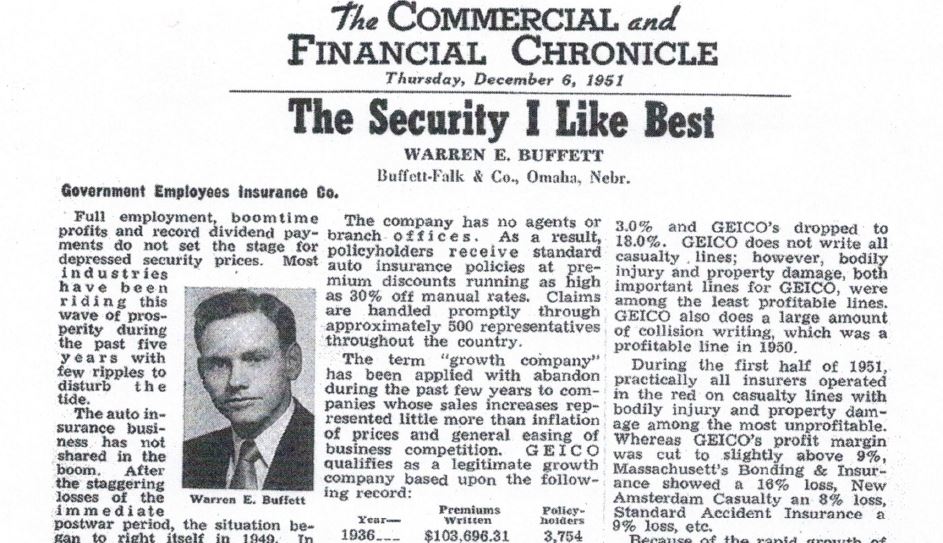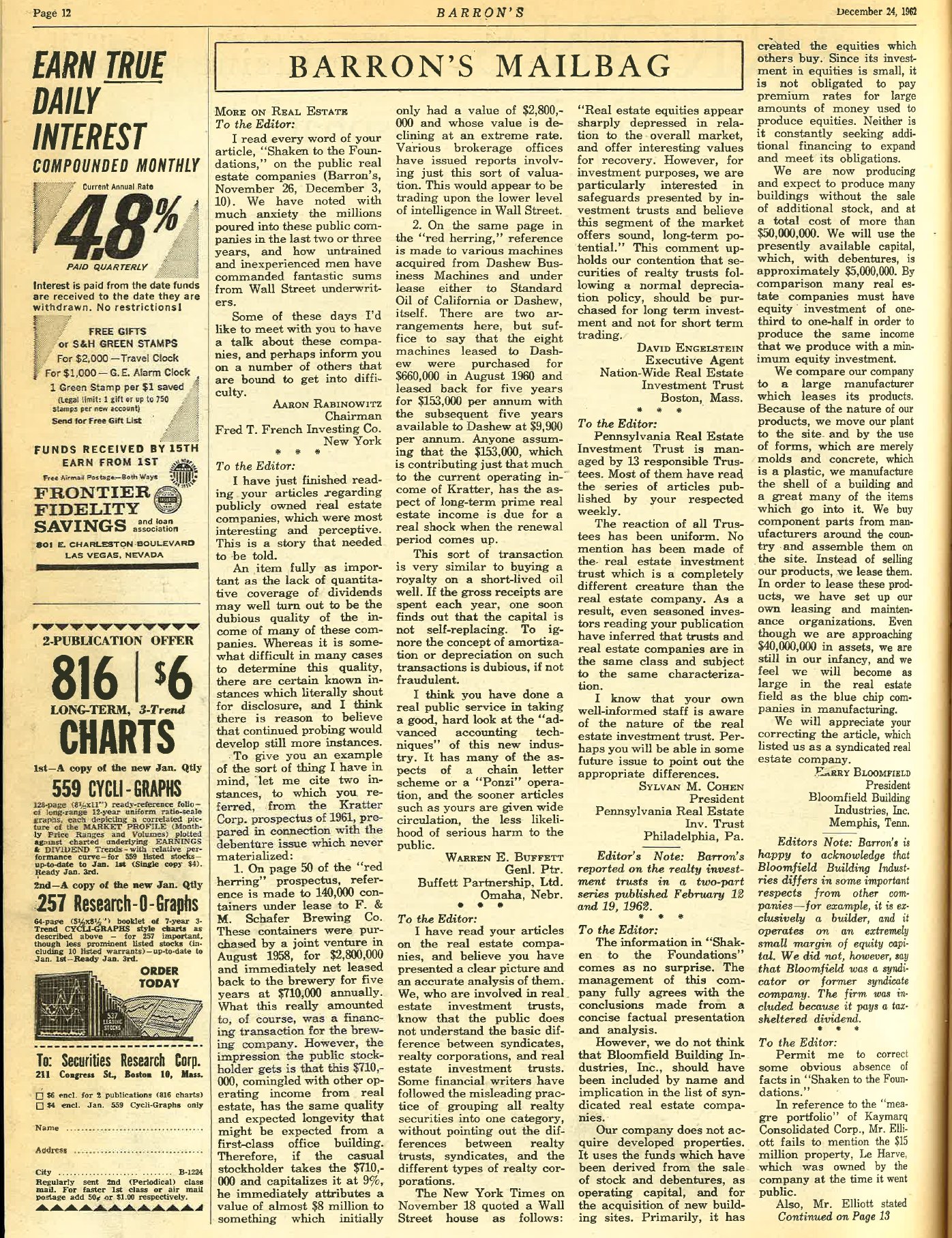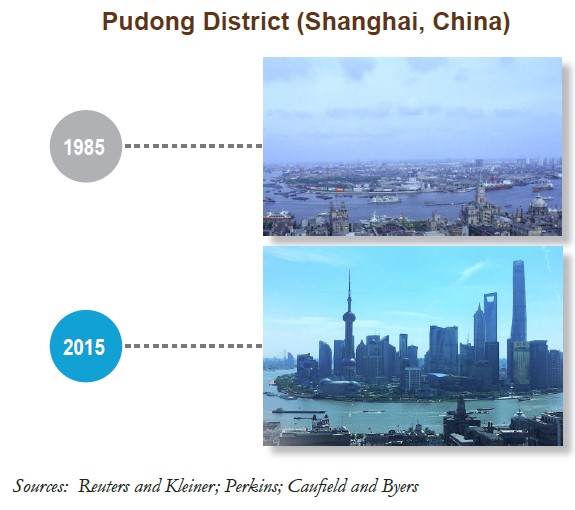
Regular readers know that I’ve been keeping an eye on cryptocurrencies and the blockchain. It’s a fascinating space even thought I don’t have any investments in cryptos at the moment (I did but my exchange got blown up in a massive fraud). I’m sure you have heard about non-fungible tokens (NFT) by now, the current flavor of the month in business news. I read about NFTs in the past (cryptokitties) and it seemed to be nothing more of than a nerd sub-culture of a sub-culture. I was quite skeptical and it didn’t seem important enough to invest the time.
Then the Beeple sale happened.
Last week a purely digital work of art, The First 5000 Days, by Beeple sold for a record-breaking $69.3 million (42329.453 Ether) at a Christie’s online auction. The bidding opened at $100. According to Christie’s, during the last few minutes of bidding, a total of 33 active bidders from 11 countries competed for the piece, with 22 million visitors tuning into the auction. This is the third-most valuable piece ever sold by a living artist.
Once you start reading about blockchain and cryptos, it doesn’t take long to fall really deep into the rabbit hole. I get it, there’s a lot to digest. It’s an intersection between philosophy, finance and technology. Not the easiest subjects to grasp. Just the lingo makes your head spin. Blockchain, cryptos, NFTs, DeFi (decentralized finance), record breaking digital art sale by an artist named Beeple that was bought by a NFT fund named Metapurse run by a guy named Metakovan. This is all real or I think it is. For the past year I’ve wake up wondering if I’m in the real world or if I’m in some kind of bad Matrix prank just waiting to snap out of it.
Right now, I can’t tell the difference between what is a fraud, a fad, or a innovation that’s here to stay. Are we in the first inning or second of NFTs? Will this become the standard in 10-15 years? Is this the tip of a $1 trillion plus industry? Or is this another ridiculous speculative mania that will spectacularly crash?
Continue reading “NFT – Fad, Fraud or Innovation?”















